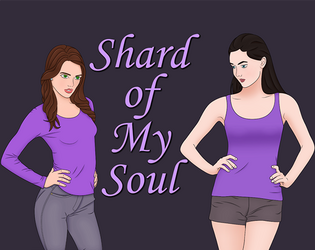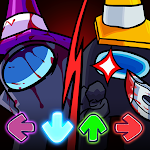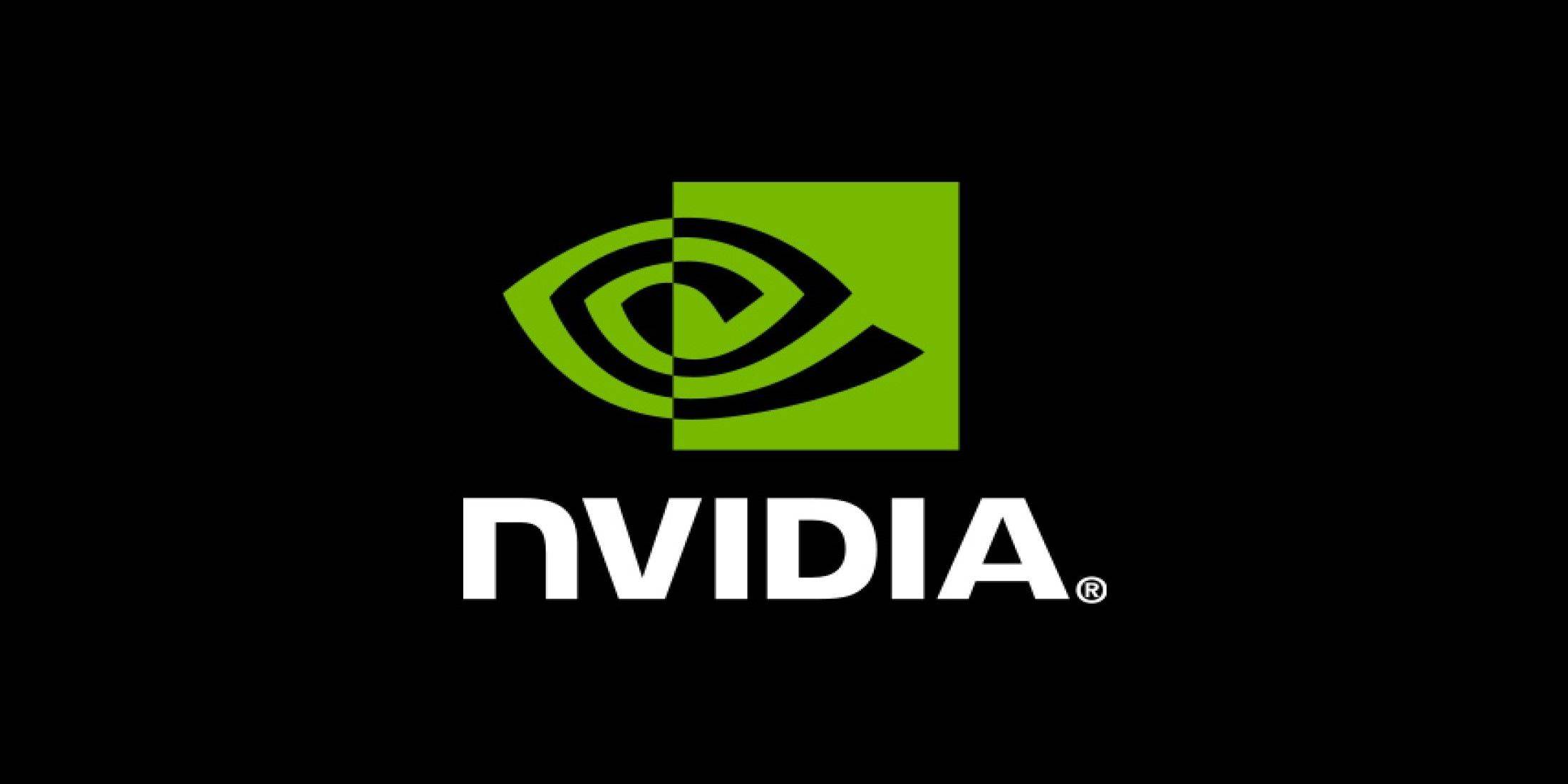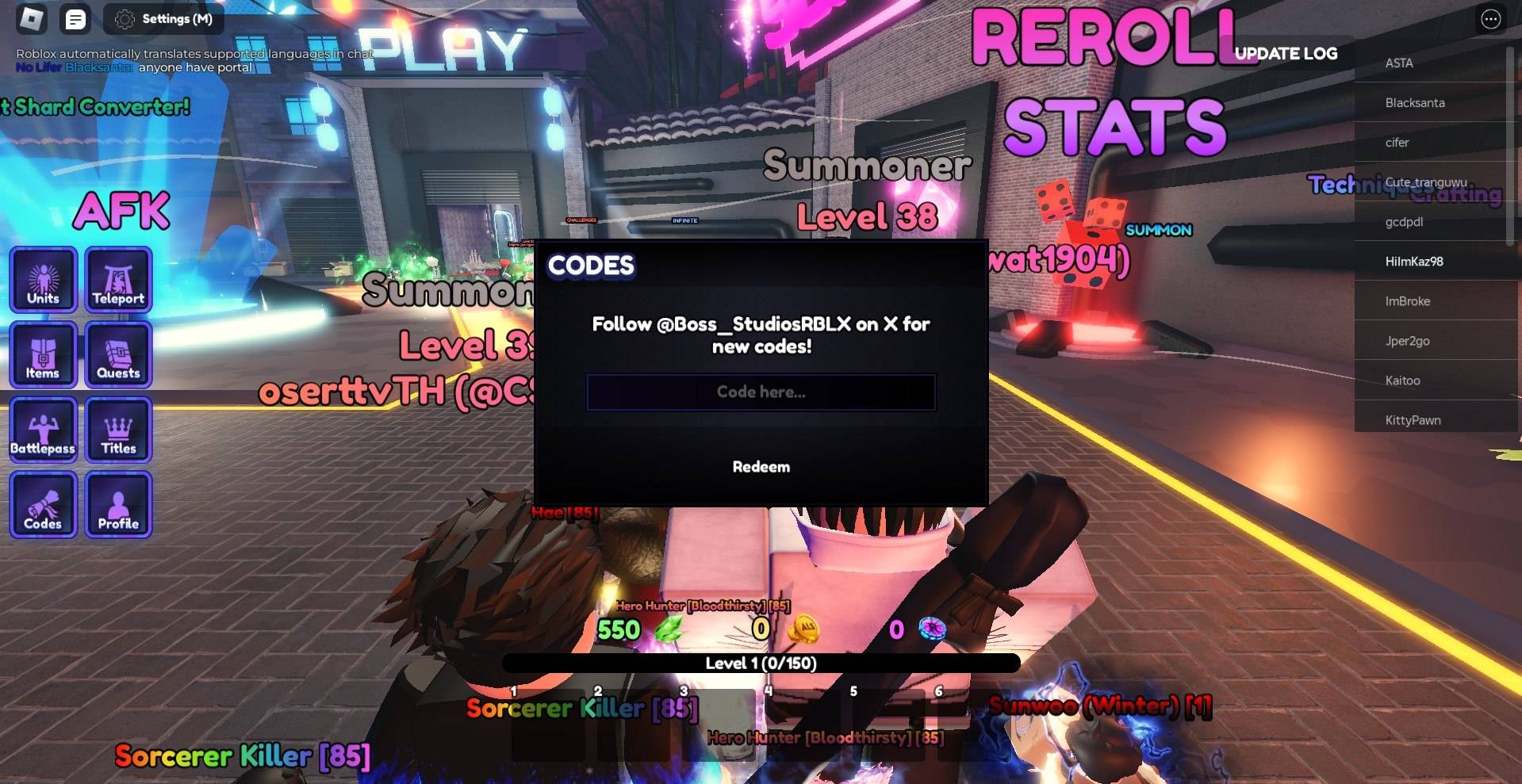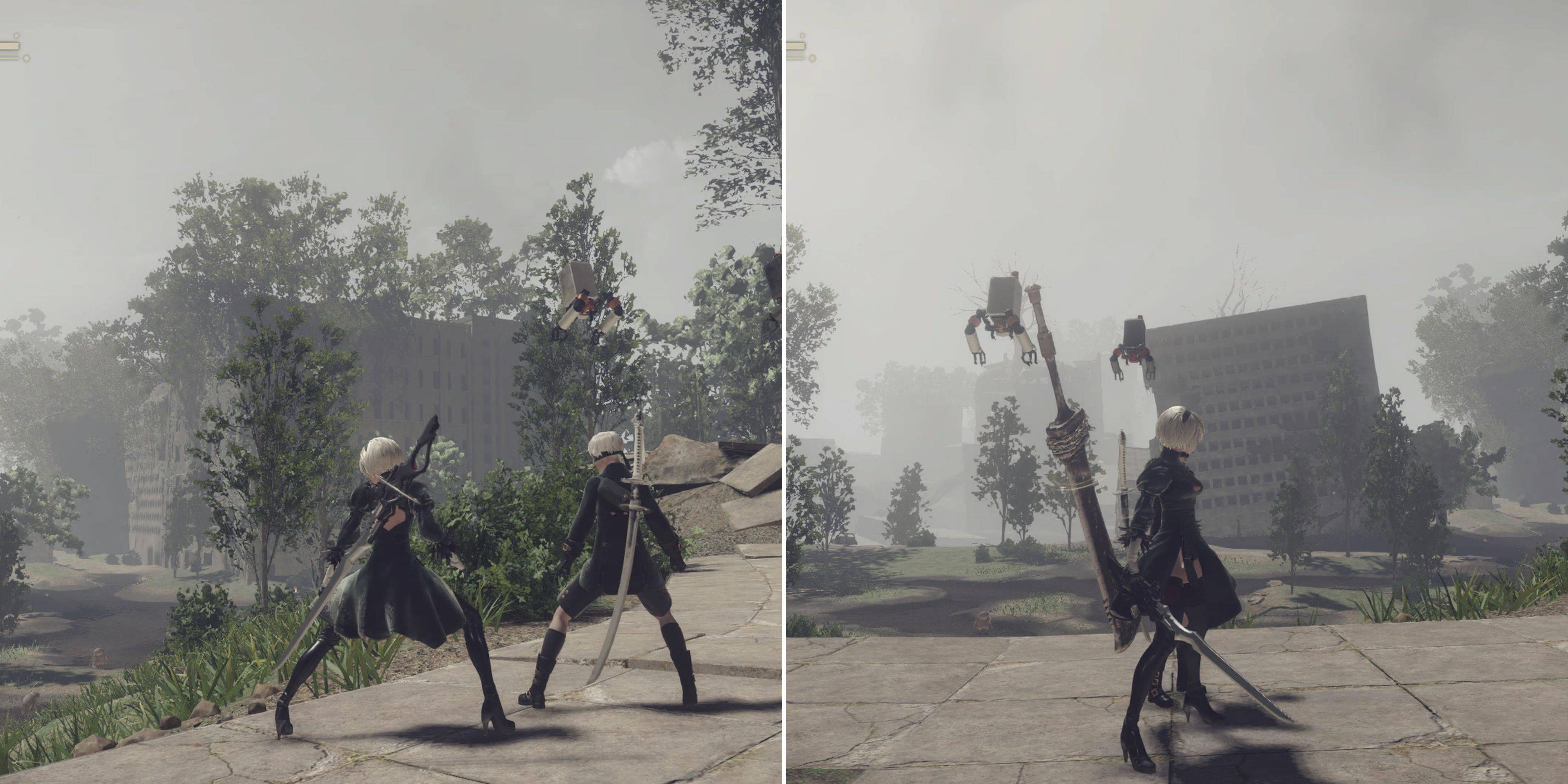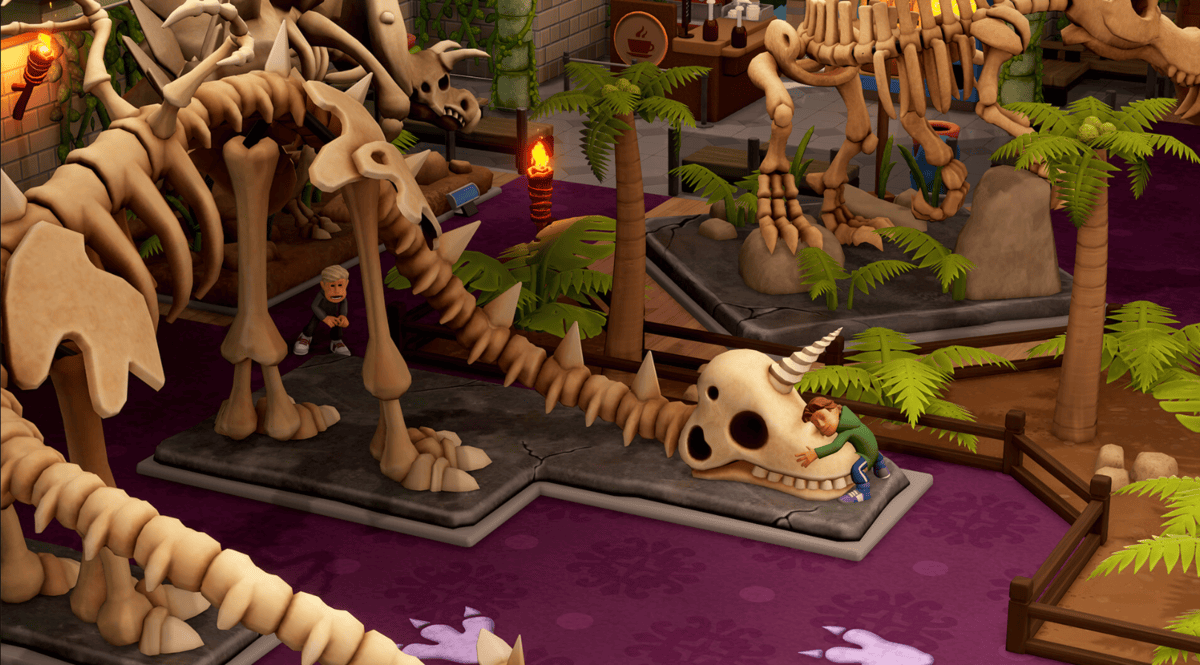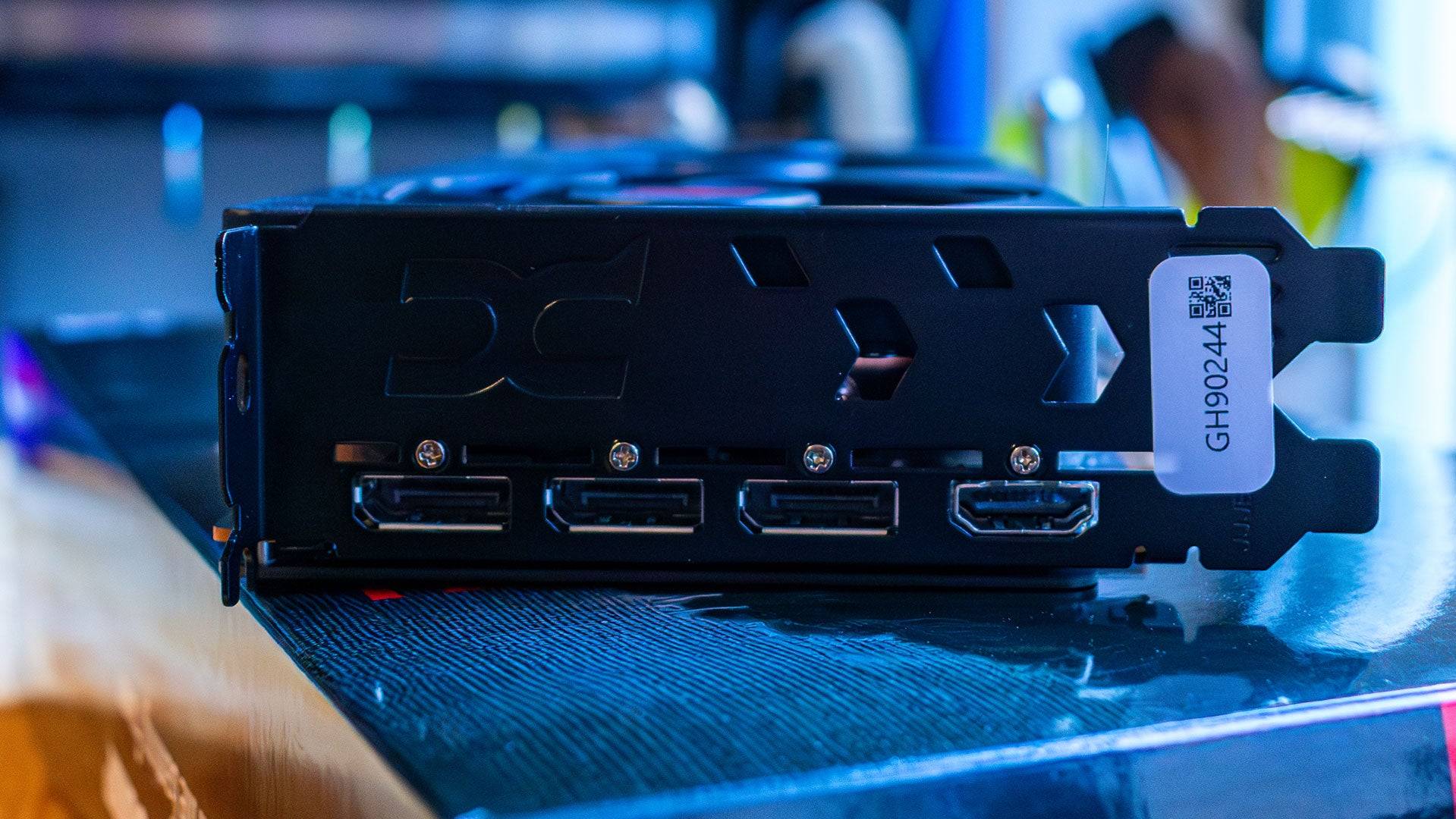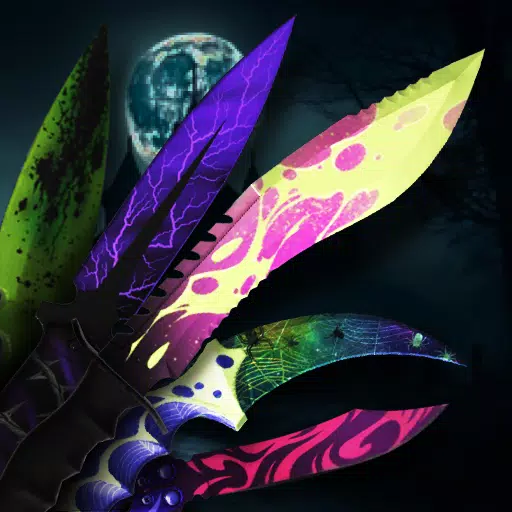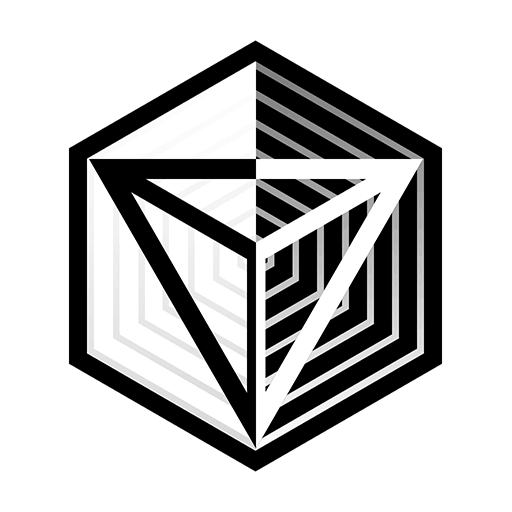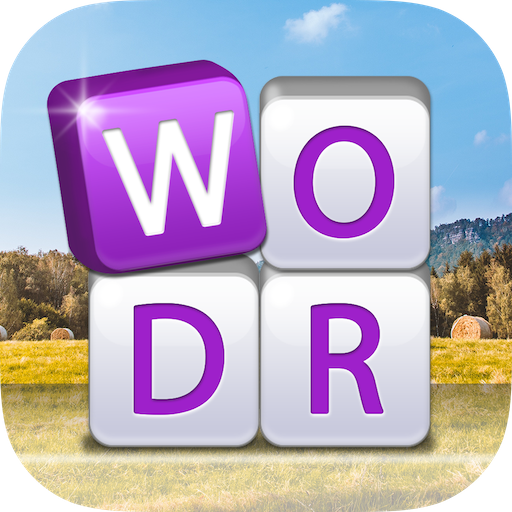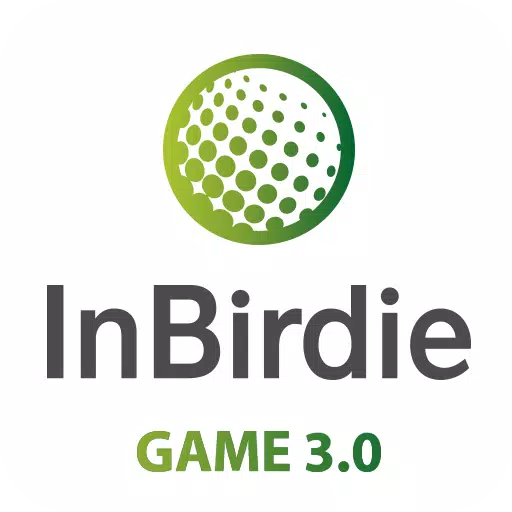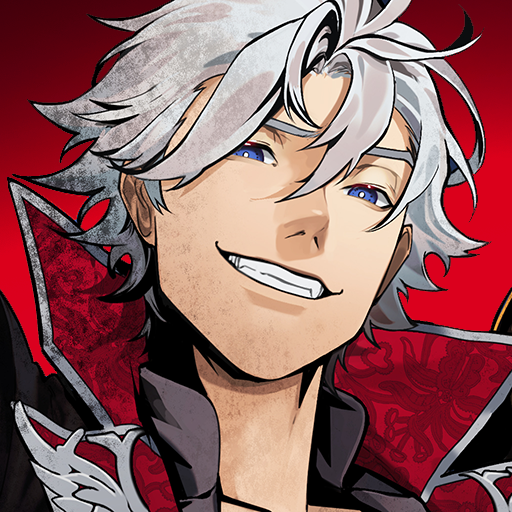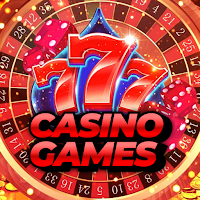"Elden Ring's Nightreign Echoes Forgotten God of War Spirit"
This past weekend marked the initial network tests for Elden Ring Nightreign, the eagerly anticipated standalone multiplayer game derived from FromSoftware’s critically acclaimed masterpiece. Unlike last year’s Shadow of the Erdtree DLC, Nightreign diverges significantly from its source material, adopting a compact survival format over the expansive open-world of Elden Ring. In Nightreign, teams of three players parachute into progressively shrinking maps, battling waves of enemies and increasingly formidable bosses, a clear nod to the battle royale genre popularized by Fortnite, which boasts a staggering 200 million players this month alone.
However, Nightreign draws even closer parallels with a less celebrated but intriguing game: God of War: Ascension from 2013. And this connection is something to celebrate.

God of War: Ascension, released between 2010’s God of War 3 and the 2018 Norse reboot, serves as a prequel set in the Greek mythology era, chronicling Kratos’ attempt to break his oath to Aries. While it didn't reach the epic heights of its trilogy predecessors, Ascension is often unfairly dismissed. It featured some truly remarkable set-pieces, such as the Prison of the Damned—a dungeon ingeniously carved into a 100-armed giant. More importantly, Ascension broke new ground with its multiplayer component, a feature the franchise hasn't revisited since.
The Trial of the Gods mode in Ascension is cooperative PvE, remarkably similar to Elden Ring Nightreign. In Ascension, players encounter an NPC in the Prison of the Damned who prematurely celebrates their rescue before being crushed by the level's boss. In multiplayer mode, this same NPC becomes your avatar, transported to Olympus to pledge allegiance to one of four gods—Zeus, Poseidon, Hades, or Aries—each offering unique weapons, armor, and magical attacks. These are used in five multiplayer modes, four of which are competitive PvP.
The fifth mode, Trial of the Gods, mirrors Elden Ring Nightreign closely.
Previews from prominent "Soulsborne" YouTubers like VaatiyVidya and Iron Pineapple, alongside IGN’s coverage, have highlighted the similarities between Nightreign and other live service games like Fortnite. Nightreign incorporates randomized loot, resource management, and environmental hazards that challenge players by reducing their health and movement area over time. It even adopts Fortnite’s iconic sky-drop entrance, with players being taxied by spirit birds to their chosen landing spot.
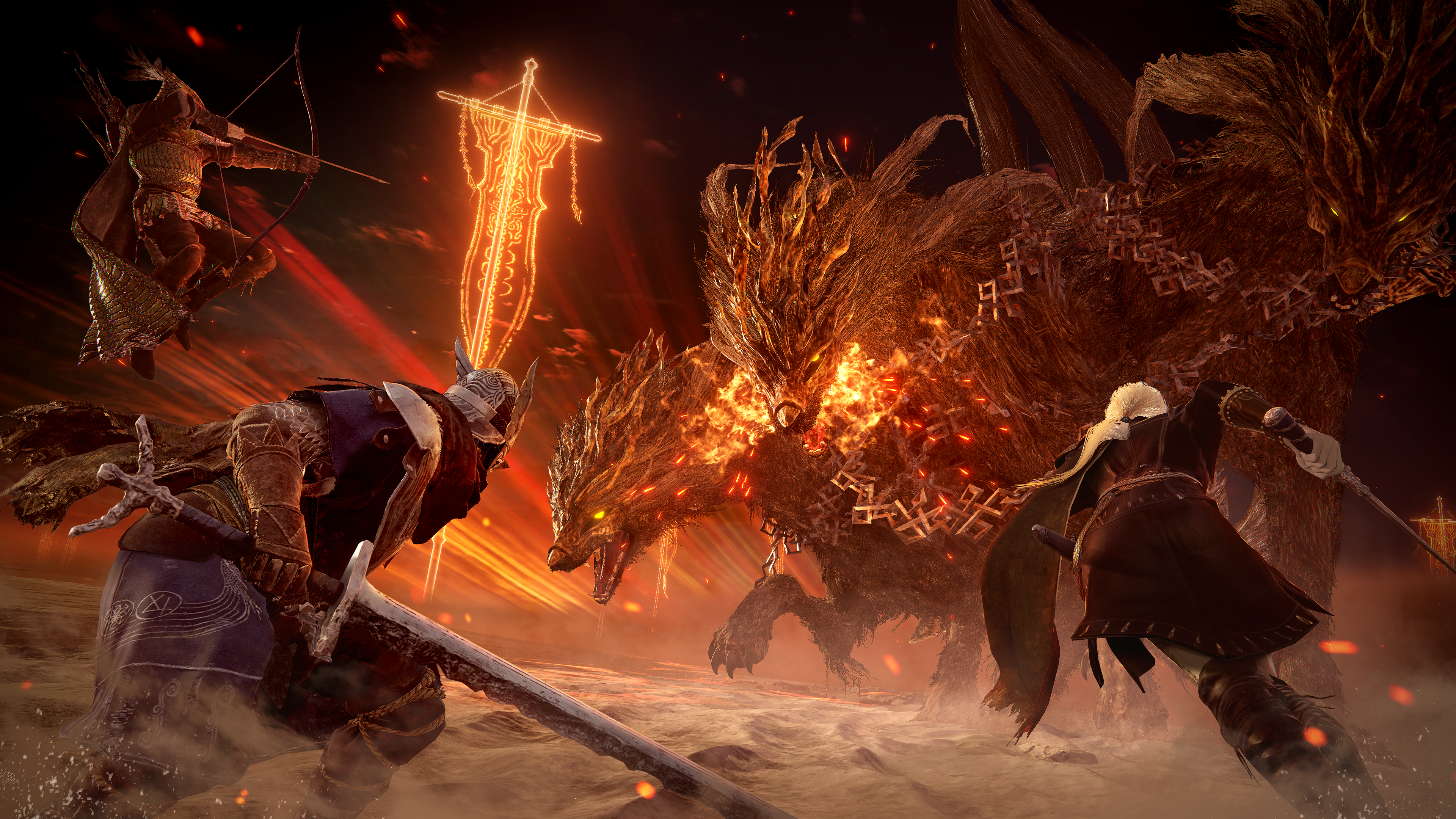
While God of War: Ascension doesn’t feature the same "where are we dropping?" dynamic, deeper inspection reveals substantial similarities with Nightreign. Both games offer cooperative experiences where teams of two or more tackle increasingly difficult foes. They both allow players to confront iconic bosses from previous games, such as Hercules from God of War 3 or the Nameless King from Dark Souls 3. Both have a countdown mechanic (with Ascension allowing pauses by defeating enemies) and operate on maps that are either small or shrinking. Additionally, both titles are multiplayer ventures from studios renowned for single-player masterpieces, developed without direct oversight from their series' creators.
Elden Ring director Hidetaka Miyazaki is currently engaged in another project, while the directors of the original God of War trilogy—David Jaffe, Cory Barlog, and Stig Asmussen—had already moved on from Sony Santa Monica by the time Ascension was developed.
Most strikingly, Nightreign elicits the same response from players as Ascension’s Trial of the Gods did. Participants in FromSoftware’s network test describe their experiences as a thrilling race against time, contrasting with the more leisurely pace of the original Elden Ring. Nightreign compels players to rely on instinct, accelerating the gameplay and limiting resources, a design choice VaatiVidya described as "made in the name of speed and efficiency." Without Torrent, players channel the spirit of their horse to run faster and jump higher.
Ascension’s multiplayer similarly modified its single-player mechanics for a tighter pace, using techniques akin to Nightreign: increased run speed, extended jumps, automated parkour, and a grapple attack to pull objects, a feature also utilized by Nightreign’s Wylder character. These new mechanics are crucial, as while the combat remains manageable in a power fantasy setting, Trial of the Gods overwhelms players with enemies, making every second critical. Players find themselves dashing around like relentless warriors, efficiently cutting through hordes.
AnswerSee ResultsThe unexpected similarities between Nightreign and Ascension are striking, not only because much of Ascension has been forgotten, but also because the Soulslike genre, epitomized by Elden Ring, initially stood in stark contrast to God of War. While God of War lets players embody a god-killing warrior, Elden Ring casts you as a struggling, cursed undead facing significant challenges even from regular enemies.
Yet, the intense challenge that once defined FromSoftware’s games has diminished as players have honed their skills and developers have introduced more powerful weapons and spells, leading to numerous game-breaking builds in Elden Ring. Nightreign aims to restore some of this lost challenge without these overpowered builds, while still offering veteran players the exhilarating experience reminiscent of God of War: Ascension—the thrill of being a time-starved, vengeful Spartan.
Latest Articles


![1xBet [Updated]](https://imgs.yx260.com/uploads/76/1719623227667f5e3be7616.jpg)

